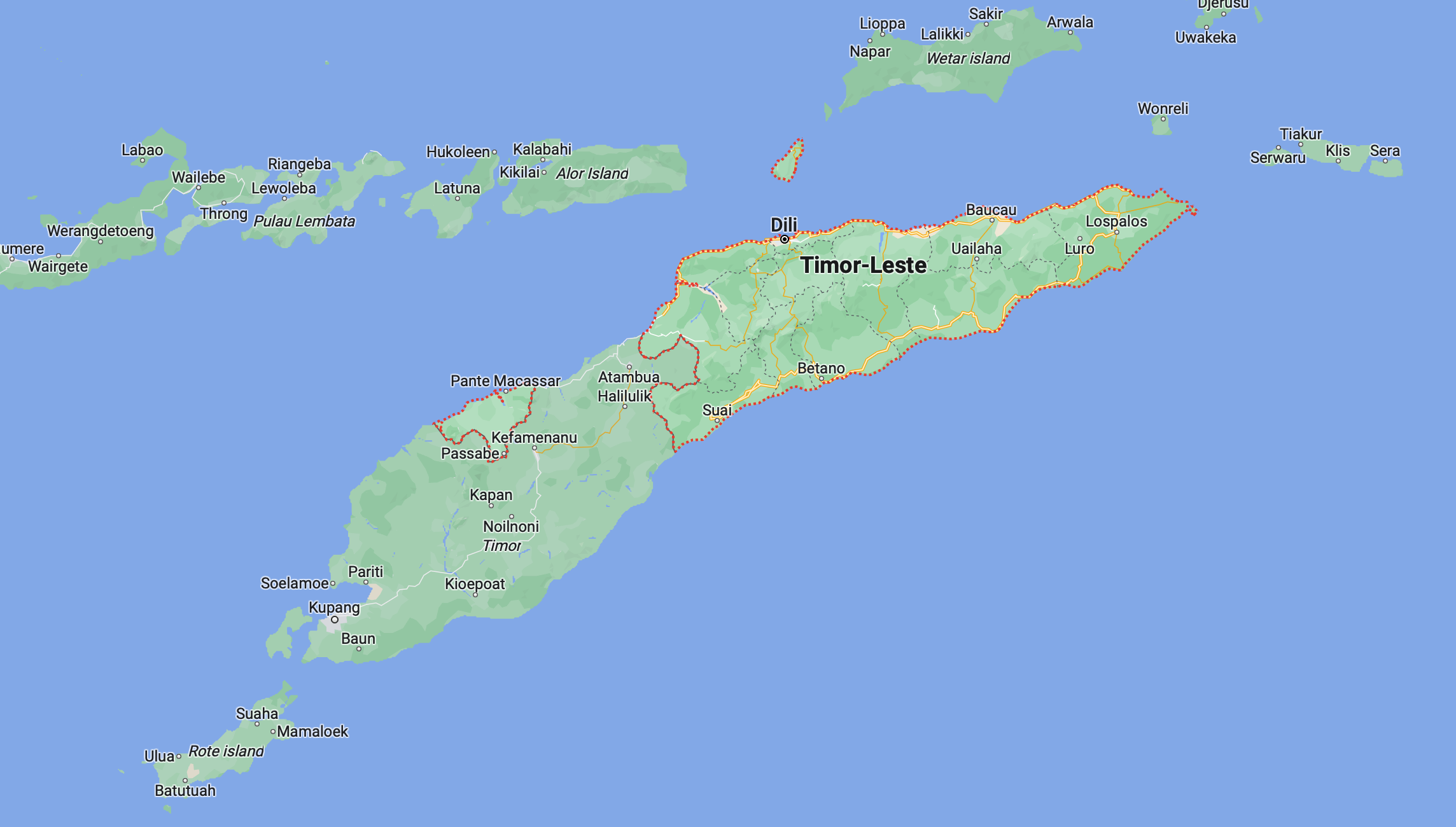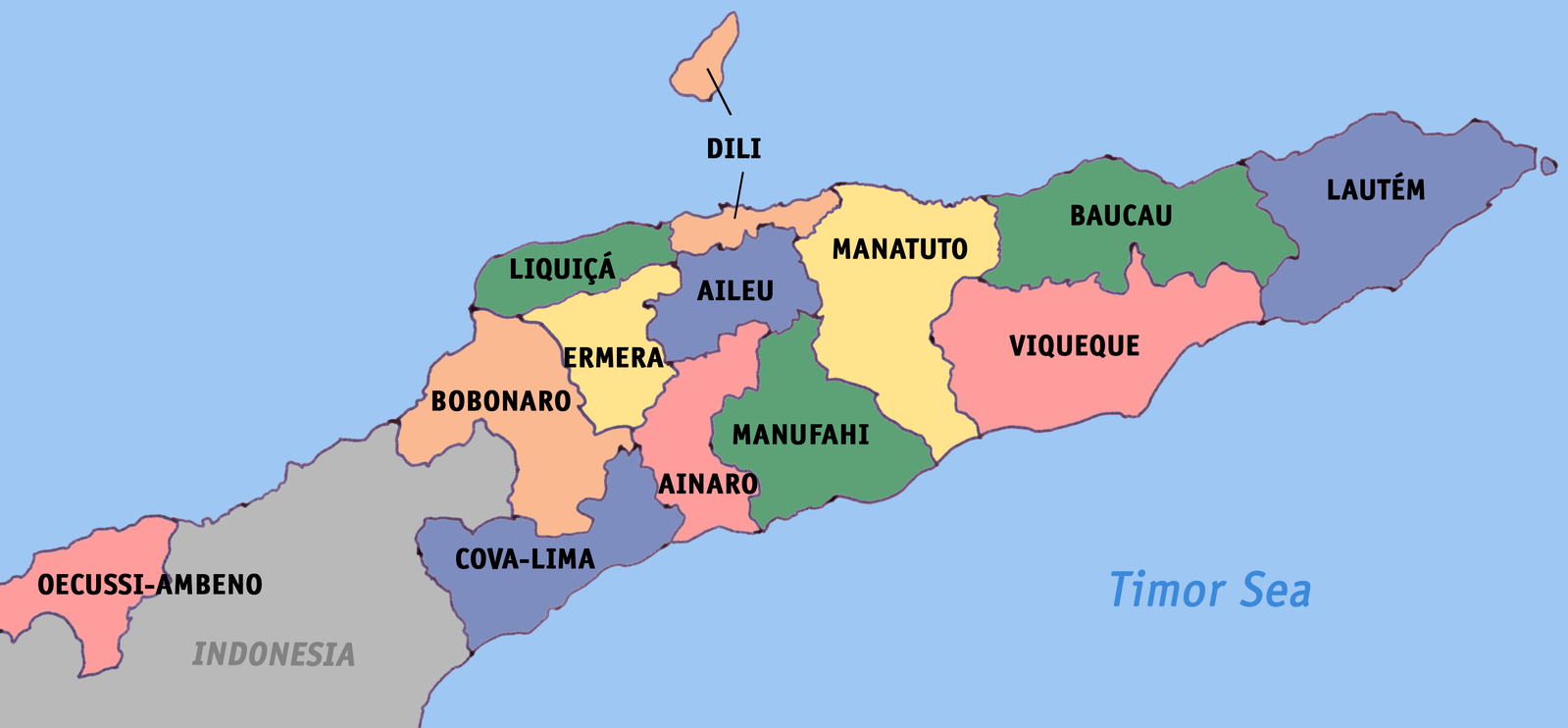Timor-Leste
About Timor Leste
Timor Leste is Asia’s newest Country and is off the typical tourist destination track.
Separated into two nations, the west side is part of East Nusa Tenggara (a province of Indonesia) and was once colonised by the Dutch. East Timor was colonized by the Portuguese.
Our expeditions start in the capital of Dili where you’ll visit local cafes, the traditional Tais market, and learn about the country’s confronting past at the local museum.
Travel away from the city, hike to the summit of Timor-Leste’s tallest mountains, and meet farmers at local coffee plantations. On the way to Balibo we travel through the Liquiça Municipality learning about past and recent history in this part of Timor Leste.
Spend time on Atauro Island where you’ll get to know a local family and snorkel in the world’s most biodiverse coral reefs. Along the way, visit several social enterprises dedicated to supporting and empowering the people of Timor-Leste.
As Timor-Leste is off the typical tourist track, infrastructure is limited and accommodation basic. You can expect clean and comfortable lodgings with fans, squat toilets and traditional mandi bucket showers.
A good level of fitness is required to hike to the summit of Timor-Leste’s highest mountain, at 2963m above sea level. You’ll wake at 2.30 am to begin the walk, which is a 5-hour round trip.
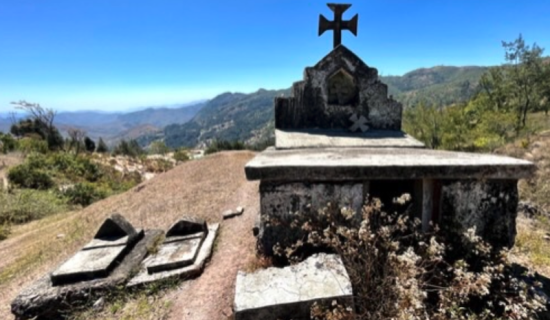

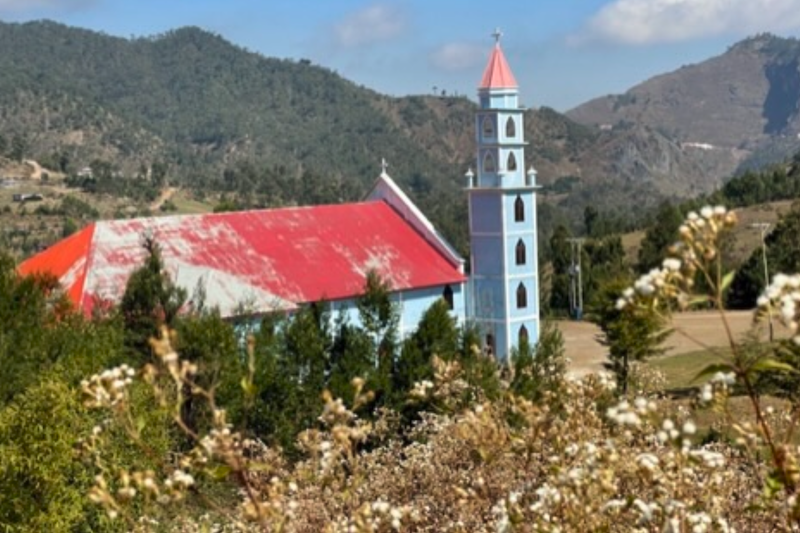
Camino de Timor Leste Pilgrimage 5-night 6-day Tour - $2295 PP
Timor Leste is the home of the Camino de Timor Leste which is a new pilgrimage route linking the main Christian Statues and places of worship on Timor Leste. Cristo Rei, Statue of Pope John Paul II, and the statue of the Virgin Mary at 3000 m high – Mount Ramelau or Foho Tatamailau, East Timor.
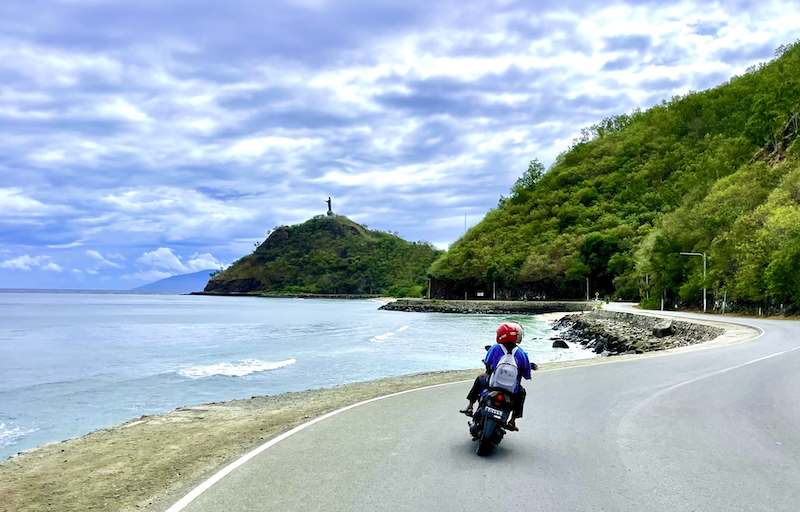
Timor Leste Expedition 8-night 9-day Tour - Price $2885 PP
Welcome to Dili-Timor-Leste, Asia’s newest country. Your adventure begins in the bustling capital city of Dili. Surrounded by both hills and ocean, there’s plenty to see and do here. Visits to Tacitolu, Arte Moris, Resistance Museum, Santa Cruz and Cristo Rei and Tais Market Enjoy your first taste of local cuisine for Lunch OR Dinner *
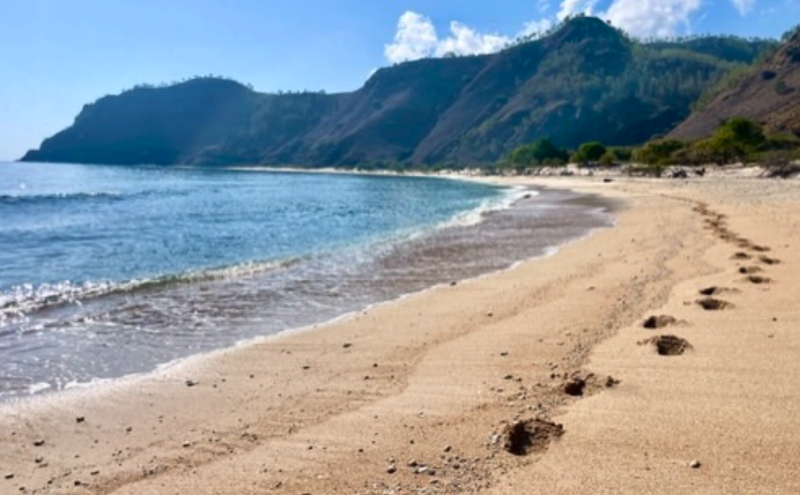
Timor Leste Explore Tour - 5 Days - 6 Nights - $1995 PP
Welcome to Dili-Timor-Leste, Asia’s newest country. Your adventure begins in the bustling capital city of Dili. Surrounded by both hills and ocean, there’s plenty to see and do here. Visits to Tacitolu, Arte Moris, Resistance Museum, Santa Cruz and Cristo Rei and Tais Market Enjoy your first taste of local cuisine for Lunch OR Dinner *
Timor Leste Information
The island is populated by various communities many of which speak different languages and have their own traditions and culture. The island is still building much of its infrastructure making it the ideal destination for adventurous tourists looking to get off the beaten track.
Timor Leste has a population of around 1.4 million people with the languages spoken are Tetun, Portuguese and English.
Most of the population is Catholic around 93%, which coexists alongside strong local traditions and beliefs, especially in rural areas.
Timor Leste is the home of the Camino de Timor Leste which is a new pilgrimage route linking the main Christian Statues and places of worship on Timor Leste. Cristo Rei, Statue of Pope John Paul II, and the statue of the Virgin Mary at 3000 m high – Mount Ramelau or Foho Tatamailau, East Timor.
Explore the Culture & History of Timor Leste
Journey through this mystic island in the Malay Archipelago, home to panoramic coasts, traditional mountain villages, and spectacular views. Traverse jungles, dive, or snorkel on pristine reefs, and visit sacred mountain shrines and temples while learning about the fascinating history and culture of this island.
Our tours are run by local guides and cover the themes of history, culture, tradition, trekking, birdwatching, and sightseeing. These Timor tours will connect you with local communities and give you access to rarely visited locations.
HISTORY
Timor was invaded by the Japanese during World War 11 and there is an incredible story of our Australian 2/2nd Commandos fighting a Guerrilla campaign against the enemy with the help of the Timorese people.
When faced with Japan’s lightning thrust through Asia in early 1942, the 270 men of this company became the only unit in the entire army to remain an integrated force and continue offensive action while all around them, 22,000 Australians were captured or killed.
The company fought the Japanese to a standstill in the colony of Portuguese Timor months before Australia’s main force in New Guinea successfully halted Japan’s drive on the Kokoda Track. When news came back to Australia, and around the world, that the 2/2 men were still fighting, their campaign proved to be a huge morale boost during the nation’s darkest hour.
But the company’s contribution was much more than morale. It played a crucial role in turning back the Japanese by tying up several thousand seasoned troops in the mountains of Timor while the battle for Kokoda was hanging in the balance.
For ten long months they continued fighting on Timor, pulling off scores of successful ambushes that kept the enemy running around in circles.
Australia’s Oscar-winning film-maker Damien Parer, who spent 16 days with these forces in November 1942, said the men of the 2/2nd Company were something special. “These men of Timor are unique in that they remained an organised fighting body all through the lightning Jap successes… These lads are writing an epic of guerrilla warfare,” he said.
During Timor’s fight for independence, the nation was occupied by the Indonesian military for over two decades until 2002, when they achieved independence.
When East Timor experienced a humanitarian and security crisis in 1999, Australia led a multinational peacekeeping force in response. The International Force East Timor (INTERFET) and several United Nations (UN)-led missions assisted the country as it achieved independence and established itself as an independent and democratic country. Australia’s deployment of troops to East Timor in 1999 was the largest since the Vietnam War.
Australia’s involvement in East Timor, from 1999 to the end of 2012 was instrumental in that nation gaining independence.
The International Force East Timor (INTERFET), deployed from 1999 to 2000, remains Australia’s largest peacekeeping mission to date, and the largest overseas military deployment since the Vietnam War. Furthermore, it was the first time Australia had led a major international coalition.
In 2006 Operation Astute was an Australian led military deployment to Timor Leste to quell unrest and return stability.
INTRODUCTION
Our expeditions start in the capital of Dili where you’ll visit local cafes, the traditional Tais market, and learn about the country’s confronting past at the local museum.
Travel away from the city, hike to the summit of Timor-Leste’s tallest mountains, and meet farmers at local coffee plantations.
On the way to Balibo we travel through the Liquiça Municipality learning about past and recent history in this part of Timor Leste.
Spend time on Atauro Island where you’ll get to know a local family and snorkel in the world’s most biodiverse coral reefs. Along the way, visit several social enterprises dedicated to supporting and empowering the people of Timor-Leste.
As Timor-Leste is off the typical tourist track, infrastructure is limited, and accommodation basic. You can expect clean and comfortable lodgings with fans, squat toilets, and traditional mandi bucket showers.
Some guides may be very new to the tourism industry so know that you are supporting the next generation of tourism leaders.
Our local Timor-Leste operator works in partnership with local communities to provide practical tour guide training opportunities to graduated students.
A good level of fitness is required to hike to the summit of Timor-Leste’s highest mountain, at 2963m above sea level. You’ll wake at 2.30 am to begin the walk, which is a 5-hour round trip.
The stories and history shared at the Santa Cruz cemetery, and Timorese Resistance Archive and Museum are confronting, and many travellers will find them upsetting.
This is an important part of Timor-Leste’s recent history that we feel is important for travellers to know. If you would prefer not to join these activities your leader can recommend some optional alternatives.

